It's you're lucky day; you've finally found a website that talks about wild animal repellant. Finally, you're about to find out what you need to...
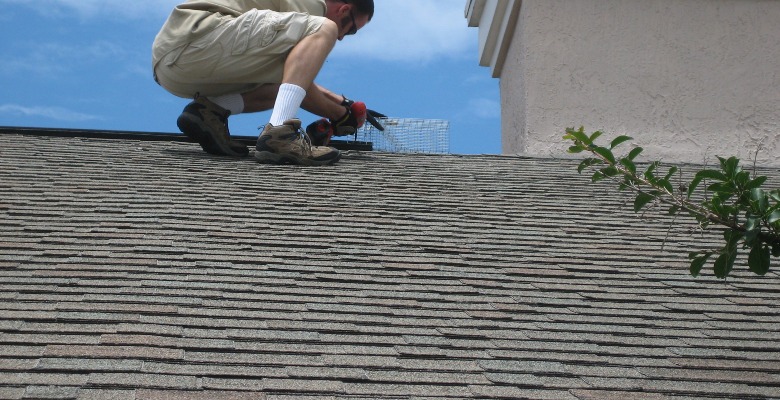
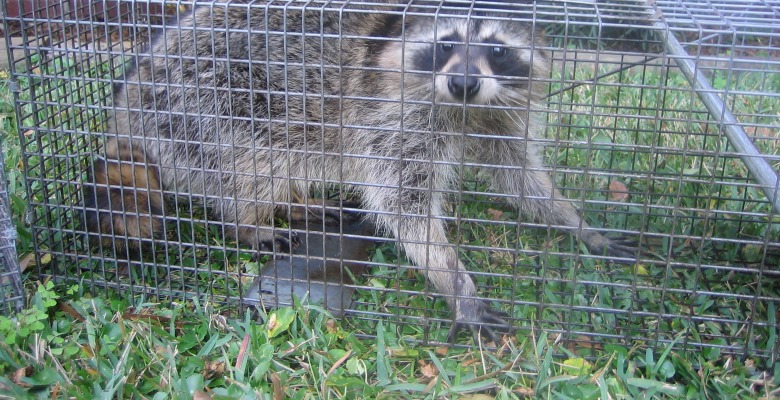
There are several different trapping methods for raccoons, but it is important to know the local laws in your state before you attempt this process. Many local governments require anyone who traps a raccoon to have a license or equivalent form of permission, sometimes more than just your standard hunting/fishing/trapping license. Also, it may be required for nuisance raccoons captured live be humanely euthanized afterward rather than relocated. Some wild animals, once they learn human homes are ideal places for food, will always be problematic and are therefore humanely put down rather than released.
To trap raccoons, there are several options:
We can help! As America’s largest wildlife control company, we service over 1000 locations across the USA. Call us today to check our prices in your town.
Leg holds/snares: Leg hold and snare traps operate by grabbing hold of a raccoon’s leg as it passes through the area. The trap uses a set of jaws or a tight cord to grip the extremity, preventing the animal from getting away. Unfortunately, leg holds and snares often cause serious injury to the animal, sometimes breaking the bones in the leg or cutting off circulation/ cutting the skin. Some animals will become so panicked they injure themselves trying to get free, and other animals may become prey for larger predators in the area. Overall, leg holds and snares are among the worst methods for trapping, and should never be used if other alternatives are available.
Lethal jaw traps: Lethal jaw traps, or pressure traps, are larger versions of the snap trap commonly used for rodents. These traps are designed to suddenly clamp shut on a raccoon, killing it instantly by breaking the spine, crushing the skull, or rupturing vital organs. Because of how complicated and difficult these traps can be to set up, it is best to leave them to professional trappers.
Live cage traps:By far the most useful and humane types of traps for raccoons are live cage traps. These devices look just like they sound: like a cage. The enclosure is rectangular in shape and can open on one or, usually both ends, creating a tunnel. In the center of the trap is a pressure plate. Once the raccoon triggers the plate, the doors on either side of the trap slam shut, securing the animal inside. Live cage traps are very useful because they can be set up in a variety of locations, and if another animal accidently triggers the trap, it can be released without being harmed. The other traps mentioned are very dangerous to pets and other animals found around human homes. Cage traps can be set inside the home as well as outside and are considerably easy to use for the average homeowner.
Bait is not always necessary, but if you’re going to use it to trap raccoons, consider using marshmallows instead of a meat-based lure. Meat bait will attract other animals, including house pets, so something less appealing is recommended. Because they are scavengers, raccoons will eat a variety of items, and marshmallows will last a while outside and won’t draw in the neighbor cat.
Before you try to trap raccoons, be sure to do some research on nuisance wildlife. Raccoons around a property are there for food or shelter, and the best way to deal with them is to make sure they can’t find either of those necessities. This means cleaning up debris piles around the yard, fencing off areas of cover like under sheds and porches, and making sure there are no damaged areas of the home a raccoon could widen and use to enter. Prevention also means eliminating food sources. Gardens and compost areas should be fenced in or secured in some manner; trash cans should be kept inside until the morning of or lids should be tight enough to keep out raccoons. Pet food, an often overlooked food source for wildlife, shouldn’t be left out in dishes on the porch or in rooms that have pet doors to the outside.
If you address all these issues and still have a problem with raccoons, it may be time to call in the experts. You could have a raccoon living in your attic, chimney or garage and not be aware of it. A wildlife expert can investigate your property, locate areas of raccoon travel, and then devise a logical plan for your situation. Each nuisance wildlife issues presents its own complications; the raccoons you’re dealing with may have babies somewhere, and it’s important to find the young and remove them as well.
Remember, trapping raccoons without guidance can put you at risk for injury or contagious disease. Raccoons are potential carriers of the deadly virus rabies. It only takes brief contact with infected saliva for this disease to be transmitted.
Raccoons are intelligent creatures with feelings. Whenever possible, aim for prevention techniques or humane trapping and relocation instead of killing the animals. And please never use poison! It's inhumane and rarely solves the problem. Our company provides 100% effective and permanent wildlife removal, while employing the most humane approach possible.
Over 1000 locations across the United States!
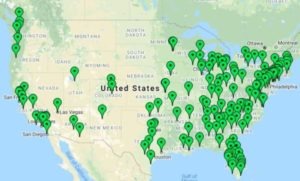

It's you're lucky day; you've finally found a website that talks about wild animal repellant. Finally, you're about to find out what you need to...
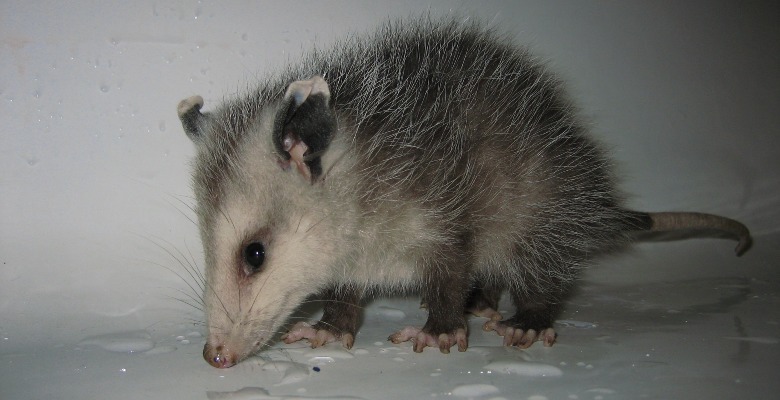
Wild animals can expose humans and pets to a number of diseases. Some of these issues, like rabies, are well-known, but others may not be so...
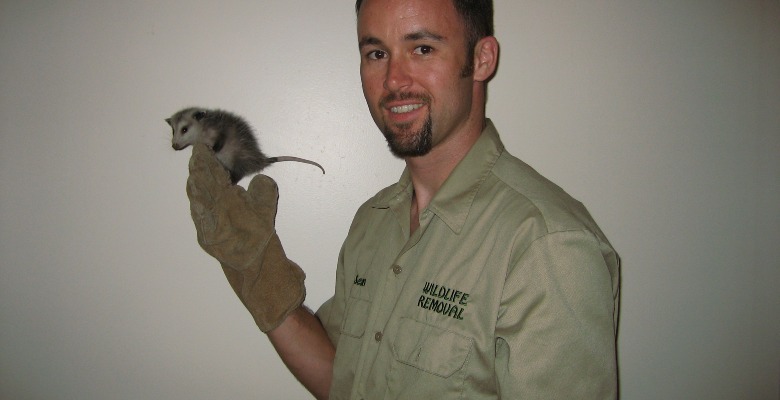
There are many myths out there regarding humans and baby wild animals; if you touch it the mother won't take it back, etc. The truth is less severe,...